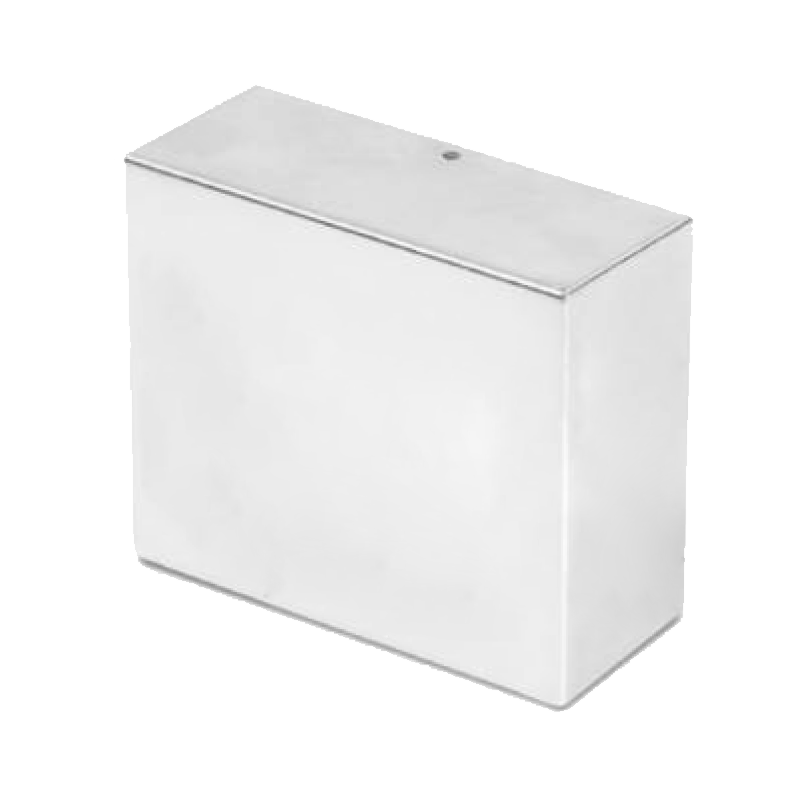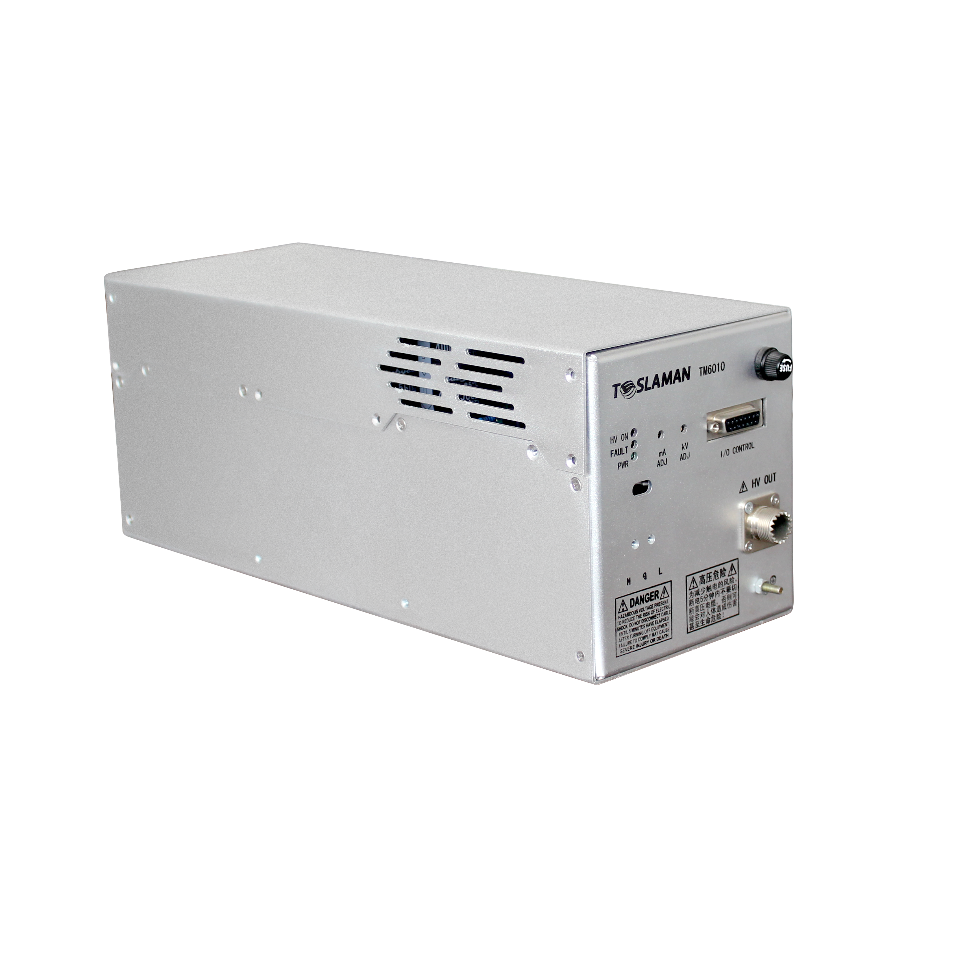Improved High-Voltage Power Supply for Capacitor Charging
1. Introduction
In the field of modern electronic technology, high-voltage power supplies (HVPS) for capacitor charging serve as core components in pulsed power systems, energy storage devices, and precision testing instruments. Their performance directly affects the reliability and efficiency of equipment. Traditional HVPS often face challenges such as low efficiency, ripple interference, and bulky size, especially in scenarios requiring high power density and precise charging, making technical improvements imperative. This article explores improvement paths for HVPS from three aspects: topological structure, control strategies, and material applications.
2. Bottlenecks of Traditional Technologies and Improvement Directions
(1) Topological Optimization: Breakthrough from Hard Switching to Soft Switching
Traditional PWM (Pulse Width Modulation) hard-switching topologies exhibit significant switching losses in high-voltage scenarios. When the operating frequency exceeds 20kHz, the overlapping loss of voltage and current in switching devices accounts for over 30% of total losses. Improvement solutions can introduce LLC resonant topologies or phase-shifted full-bridge ZVS (Zero Voltage Switching) technologies:
LLC Resonant Topology: By matching the parameters of resonant inductors and capacitors, zero-voltage switching of switches is achieved across the full load range, reducing switching losses to 1/5 of the original. Meanwhile, the filtering characteristics of the resonant cavity control the output ripple voltage within 0.5% of the rated value.
Multistage Cascade Structure: For ultra-high voltage scenarios (e.g., above 10kV), a cascade design of front-end DC-DC boost + rear-end high-voltage rectification is adopted. The front end uses interleaved parallel Boost circuits to improve power density, and the rear end employs voltage multiplier rectifier modules for voltage multiplication, reducing the volume by 40% compared to traditional single-stage topologies.
(2) Control Strategy Upgradation: Integration of Digitalization and Intelligent Algorithms
Analog control circuits suffer from parameter drift and weak anti-interference capabilities. The improvement focuses on digital closed-loop control and adaptive algorithms:
Dual Closed-Loop Control Architecture: The voltage outer loop uses a fuzzy PID algorithm to dynamically adjust the charging slope, while the current inner loop introduces sliding mode control to suppress current fluctuations within ±1%. Combined with a ramp-up strategy in the pre-charging phase, inrush current during power-on (which can be reduced by over 60% compared to traditional power supplies) is avoided.
Model Predictive Control (MPC): Based on the capacitor equivalent circuit model (considering ESR and ESL parameters), it real-time predicts the voltage inflection point during charging and adjusts the PWM pulse sequence in advance, increasing charging efficiency to over 95% and shortening charging time by 20% compared to traditional PI control.
(3) Material and Device Innovation: Application Breakthrough of Wide-Bandgap Semiconductors
Silicon-based power devices face a contradiction between on-resistance and switching speed in high-voltage scenarios, while SiC (Silicon Carbide) and GaN (Gallium Nitride) devices offer new improvement paths:
Replacement of Traditional IGBTs with SiC MOSFETs: In 10kV HVPS, SiC devices reduce switching losses by 70% and allow the operating junction temperature to rise to 175°C, reducing the heat dissipation system volume by 50%. Combined with SiC Schottky diodes, reverse recovery loss is nearly zero, effectively suppressing high-frequency oscillations.
Nanocrystalline Magnetic Core Materials: Used in high-frequency transformer design, the core loss is only 1/3 of ferrite materials at a working frequency of 100kHz. With planar transformer structures, power density exceeds 30W/in³, meeting the requirements of portable devices.
3. Application Scenarios and Performance Verification
In the field of pulsed power, the improved HVPS applied to electromagnetic catapult systems can charge a 100μF capacitor bank from 0V to 5kV within 20ms, with voltage overshoot less than 1%. In medical equipment, the high-voltage power supply for X-ray machines based on ZVS topology has a ripple voltage below 50mV, meeting the precision requirements of imaging devices. Additionally, in new energy battery formation equipment, the digitally controlled HVPS supports multi-channel synchronous charging, with single-channel efficiency increased to 96%, reducing annual energy consumption by approximately 300,000 kWh.
4. Conclusion
The improvement of HVPS for capacitor charging requires multi-dimensional collaboration in topology, control, and materials: soft-switching topologies address efficiency and ripple issues, digital control enhances dynamic response, and wide-bandgap devices with new materials achieve power density breakthroughs. In the future, with the development of intelligent algorithms and integration technologies, HVPS will continue to evolve toward high power density, high reliability, and full digitalization, providing key technical support for new energy, aerospace, and other fields.




















